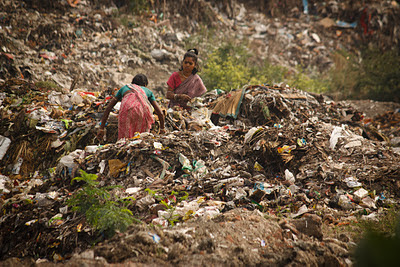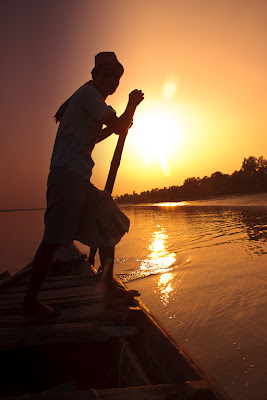Perhaps one of the most beautiful colonial building in Kolkata, the Victoria Memorial was conceived after the 1901 death of Queen Victoria. Lord Curzon, Viceroy of India, sought to have a building constructed in her honor - one that would be stately and spacious, and be surrounded by a beautiful garden. It was envisioned to be a historical museum showcasing paintings and statues of those who contributed to the country’s history and help instill a sense of national pride. Through donations, the memorial was constructed and opened in 1921. Situated on a 64 acre tract of manicured lawn, the white marble building stretches 184 ft (56 m) high, with the statue of Victory extending another 16 ft (1.8 m). While the exterior of the building was worth a visit in itself, I paid the extra money to go inside. Here, visitors were welcomed with a large collection of period oil paintings, maps, manuscripts, coins, armor, and weapons.
With the sun casting a faint orange hue over the dome, it was a signal for me to go. Walking back through the tall iron gate with guardian lion figures, I looked back at the elegant building, sad to see my time in Kolkata drawing to a close.
















































